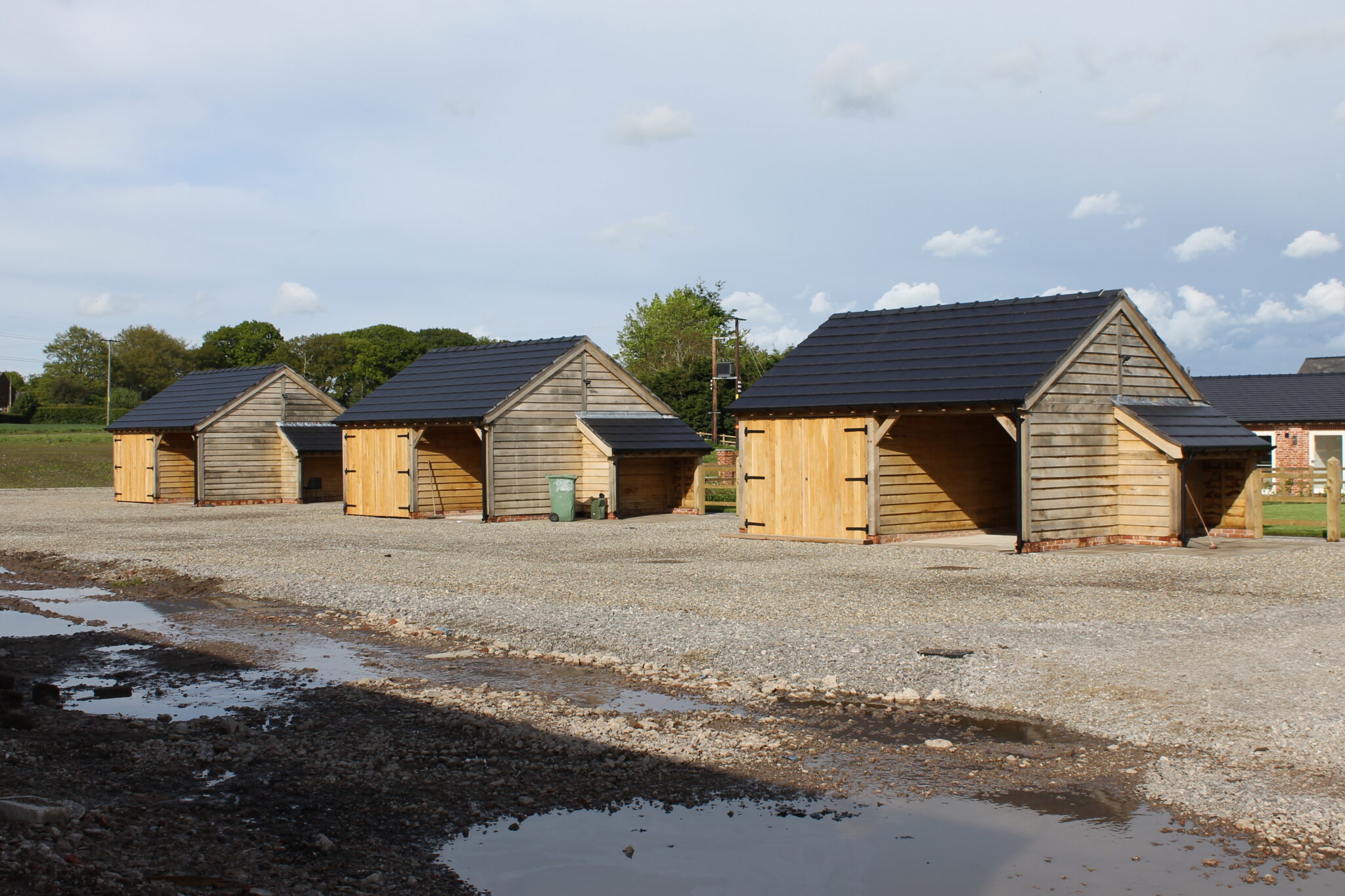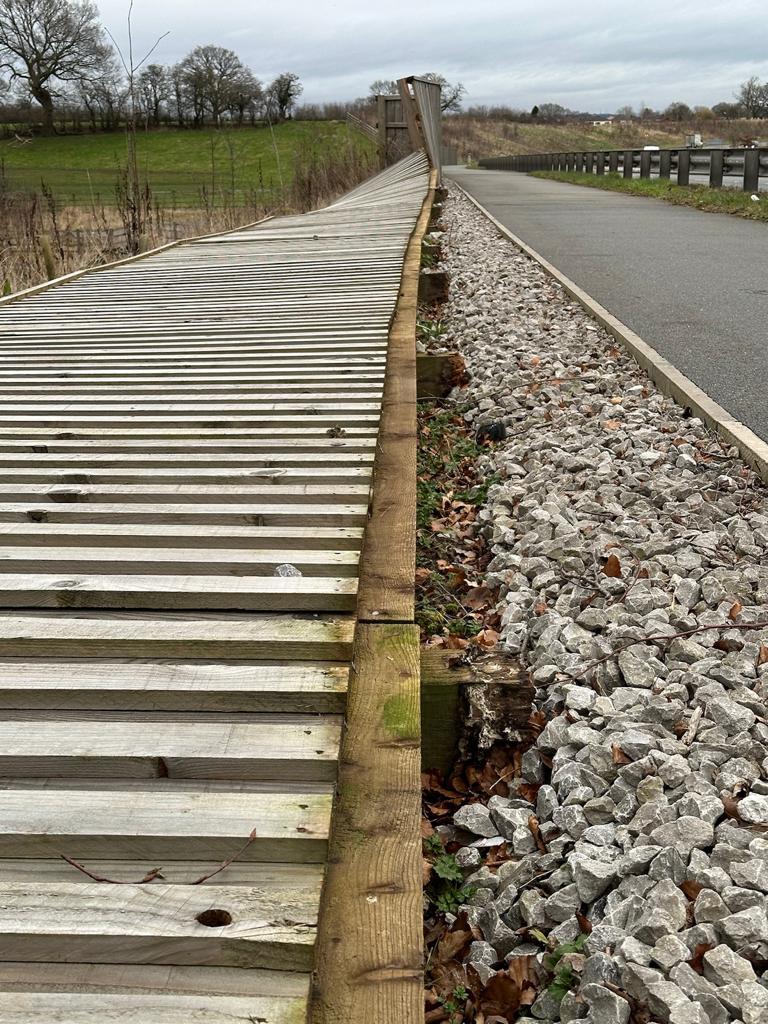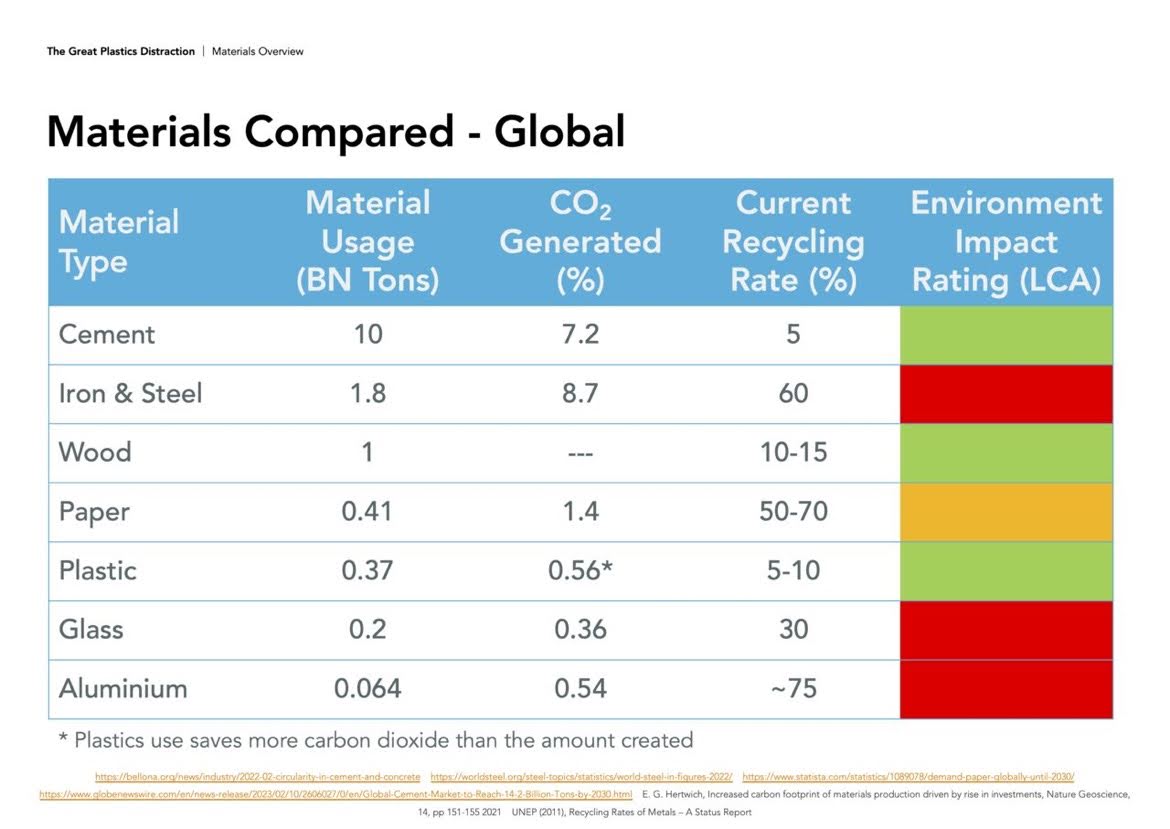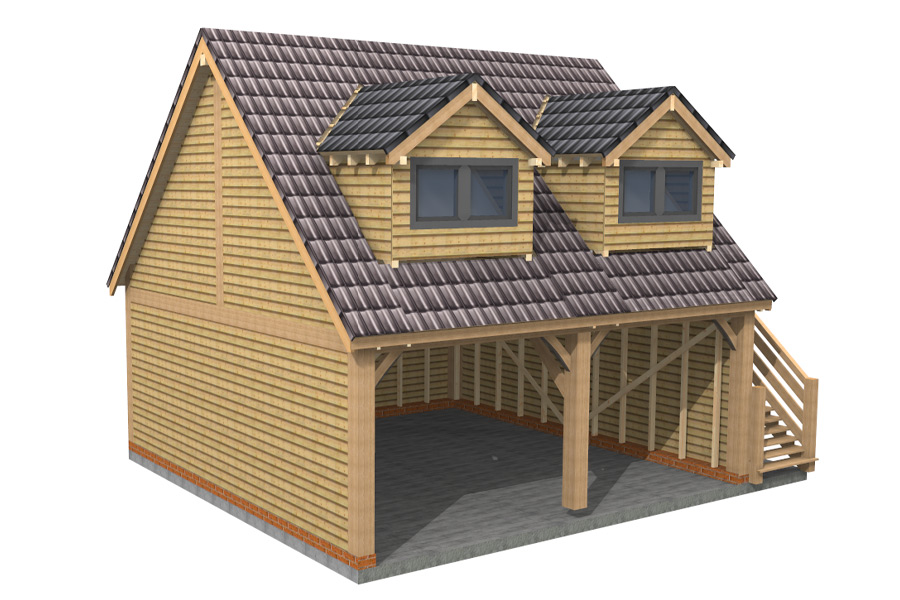When it comes to choosing the perfect cladding material for your home or building project, two popular options that often stand out are Douglas Fir and Larch. Both these wood species possess unique characteristics that make them attractive choices for cladding applications. In this blog, we will explore the key differences between Douglas Fir cladding and Larch, considering factors such as aesthetics, durability, and environmental considerations.
Aesthetics:
Douglas Fir Cladding: Douglas Fir (Pseudotsuga menziesii) is renowned for its appealing reddish-brown color, which can vary slightly depending on the region it comes from. It often exhibits tight, straight grain patterns, giving it a classic and timeless appearance. This wood's warm and inviting tones can add a touch of rustic elegance to any architectural design.
Larch Cladding: Larch (Larix spp.) offers a unique visual appeal with its pale yellow to light brown hues. One of the standout features of Larch is its eye-catching grain patterns, which can be straight or wavy, giving the cladding a distinct character. Over time, Larch tends to age to a silver-grey color, which can be attractive to those who appreciate the weathered look.
Durability:
Douglas Fir Cladding: Douglas Fir is a highly durable softwood with a natural resistance to decay and rot. However, while it performs well in many applications, it is essential to consider its heartwood, which provides the most resistance. When using Douglas Fir for cladding, ensure that the heartwood is present and avoid using sapwood, which is less durable. Properly treated and maintained Douglas Fir cladding can last for several decades.
Larch Cladding: Larch is known for its impressive durability, especially when it comes to resistance against decay and insects. Its high resin content contributes to its natural durability, making it a popular choice for outdoor applications such as cladding. Larch cladding can endure various weather conditions and remains a reliable option for those seeking a long-lasting exterior covering.
Environmental Considerations:
Douglas Fir Cladding: Douglas Fir is widely available in North America and Europe, making it relatively easy to source in those regions. However, due to its popularity, it may be overharvested in some areas, leading to sustainability concerns. It is crucial to check the source and certifications when purchasing Douglas Fir cladding to ensure responsible forest management practices.
Larch Cladding: Larch is considered more environmentally friendly than some other wood species due to its rapid growth and widespread availability. Larch forests are well-managed in many regions, and it is often sourced from sustainable plantations. When choosing Larch cladding, look for products that carry reputable certifications like FSC (Forest Stewardship Council) or PEFC (Programme for the Endorsement of Forest Certification) to ensure it comes from responsibly managed forests.
Maintenance:
Douglas Fir Cladding: To maintain the beautiful appearance and extend the lifespan of Douglas Fir cladding, regular maintenance is essential. It should be treated with a suitable wood preservative and sealed with a protective finish to prevent moisture intrusion and UV damage.
Larch Cladding: Larch cladding also benefits from regular maintenance. Treating it with an appropriate finish helps maintain its color and enhance its natural resistance to decay and weathering. Regular inspections and repairs of any damaged areas are necessary to ensure its long-term performance.
Cost:
The cost of Douglas Fir cladding and Larch cladding can vary depending on factors such as location, quality, and availability. In some regions, one may be more affordable than the other, so it is essential to compare prices and consider the overall value, including durability and maintenance requirements.
In conclusion, both Douglas Fir and Larch are excellent choices for cladding materials, each with its unique characteristics and benefits. When making a decision, consider the aesthetics you desire, the level of durability required for your specific environment, the environmental impact, and your budget. Whichever option you choose, properly installed and maintained wood cladding can add natural beauty and timeless charm to any architectural project.




